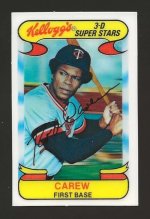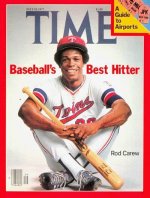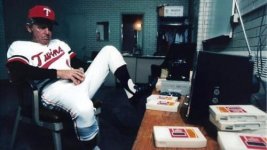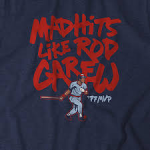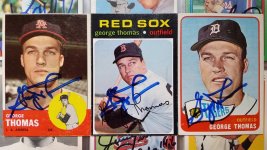Tuesday was the deadline to put minor league players on the 40-man roster and protect them from the upcoming Rule 5 draft. from the Strib:
Righthanders Marco Raya and Travis Adams were added to the Twins’ 40-man roster Tuesday, protecting them from the Dec. 11 draft, which allows teams to pluck eligible minor leaguers from each others’ systems.
Raya, 22, started 24 games for Class AA Wichita and one for AAA St. Paul last summer, posting a combined 4.05 ERA while striking out 103 batters in 97⅔ innings. Taken in the fourth round of the 2020 draft, Raya missed the 2021 season with shoulder fatigue but has made 64 starts in the three seasons since.
Adams, 24, was Raya’s teammate at Wichita for five months, then started four games for the Saints in September. The Twins’ sixth-round pick in 2021, Adams made 22 starts and 26 total appearances, compiling 118 strikeouts and a 4.39 ERA over 127 innings.
The additions of Raya and Adams bring the Twins’ roster to 37. The Twins haven’t lost a player in the Rule 5 draft since 2020, when the Tigers claimed outfielder Akil Baddoo, and the Orioles added righthander Tyler Wells. Both players debuted in 2021 and have remained in those teams’ systems ever since.
-----
this leaves several players in the Twins' minor league system exposed to the Rule 5 draft including Kala'i Rosario, who was playing in the Arizona Fall League. others now eligible to be drafted include C/OF Ricardo Olivar, INF Jose Salas, SS/OF Will Holland, and INF Rubel Cespedes.
in other news, the Twins have signed minor-league deals with Yunior Severino, Daniel Duarte and Scott Blewett. Severino was recently dropped from the 40-man roster.
